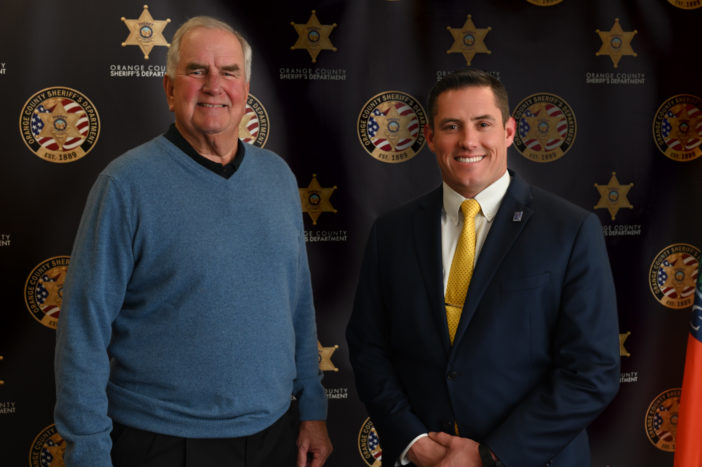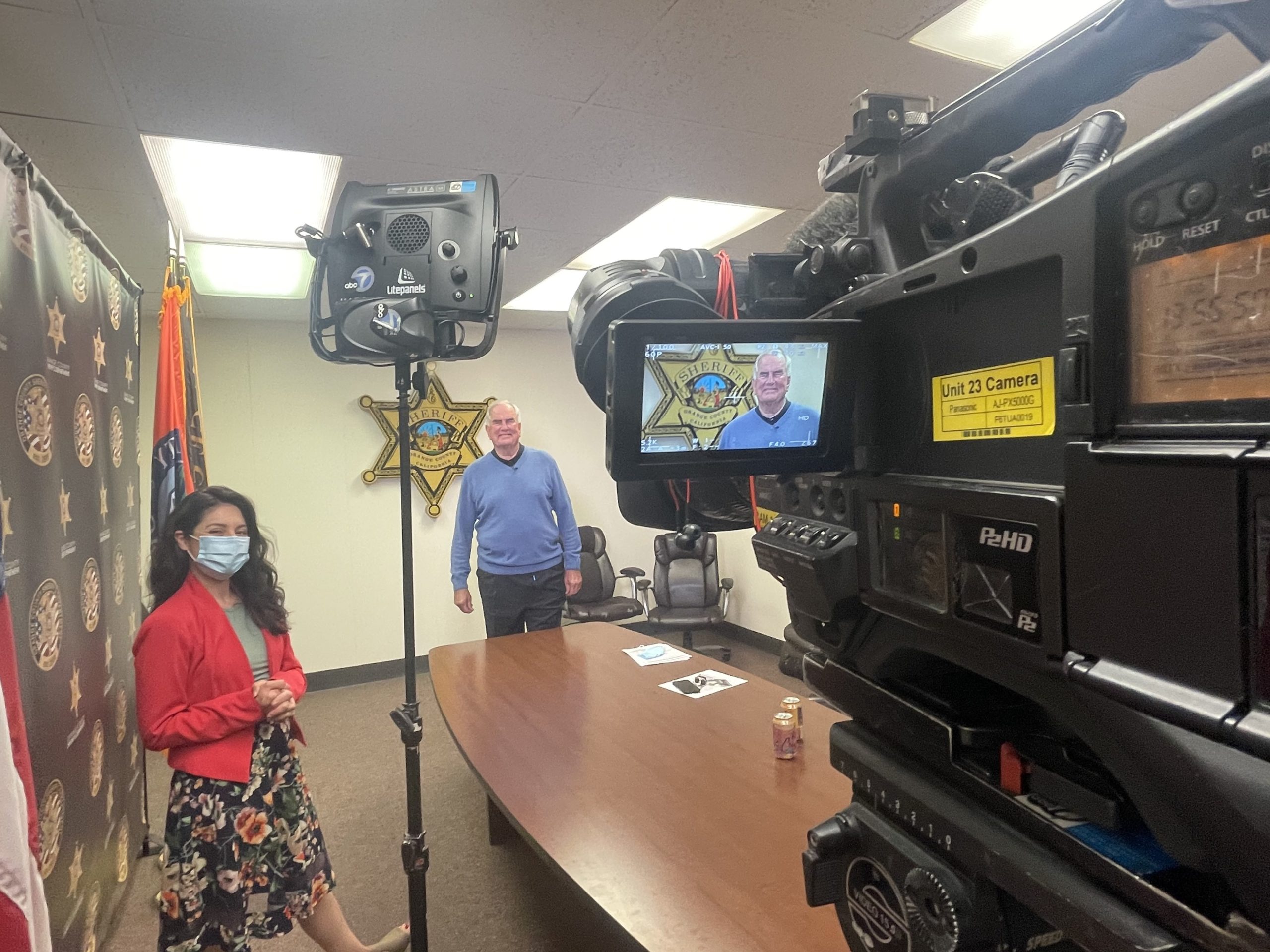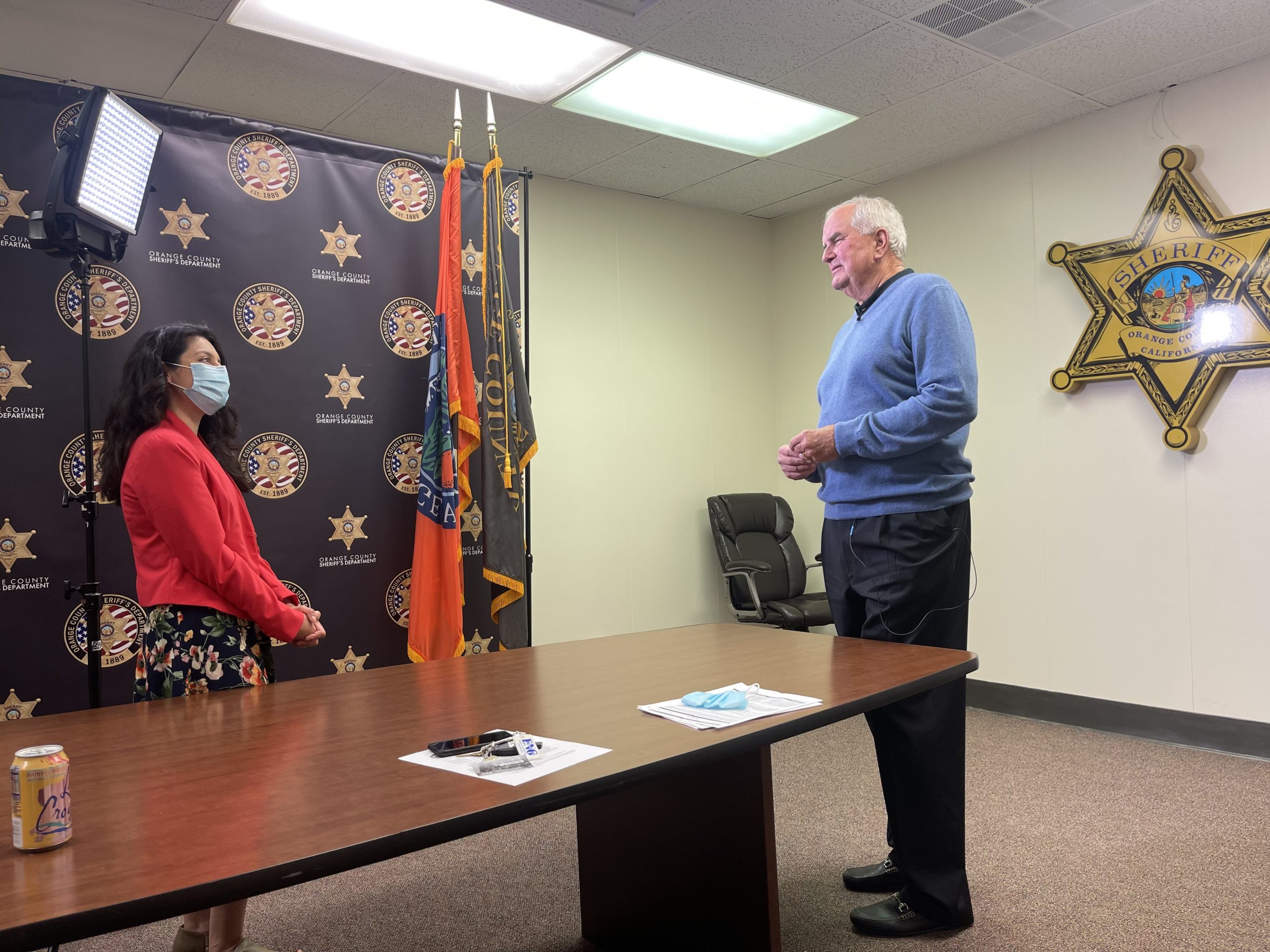Richard Roll was no stranger to working with technology. For more than three years he had dabbled in the cryptocurrency market, setting up eight different accounts.
Then one day, he said, “my phone stopped working. I couldn’t call in or out.”
As Roll, of Laguna Niguel, feverishly tried to figure out what was going on, within a couple hours, six of his accounts had been wiped out.
If it could happen to Roll, who knew many of the ins and outs of the cyberworld as a former Information Technology executive, it could happen to just about anyone.
A regional effort to stem the tide of cybercrime and victimization, which stretches far beyond fraud and identity theft, is the focus of SafeOC, a newly reinvigorated public safety website and campaign that is part of the national “See Something, Say Something” anti-terrorism network.
Among its goals: cyber-crime prevention, online threat awareness and making reporting suspicious activity easier.
“Cyber is by far the up-and-coming crime and risk domestically,” said Orange County Sheriff Don Barnes. “Crimes happening online are much more prevalent than they were just a decade ago. Criminals are finding new ways to create new victims and ways to victimize people.”
According to the FBI’s 2020 Internet Crime Report financial losses exceeded $4.2 billion, and $1.8 billion (about 43 percent) was from unsuspecting older shoppers. And that is despite 82 percent of attempted crimes being thwarted.
The Report found 791,790 complaints of suspected internet crime, an increase of more than 300,000 complaints (about 69 percent) from 2019.
In 2021, the FBI was on pace to receive more than 1 million complaints, according to Unit Chief Donna Gregory of the FBI’s Cyber Division.
The Orange County Intelligence Assessment Center (OCIAC) is leading the regional effort to prevent, respond to, and recover from threats or acts of terrorism.
Lance Larson, an OCIAC Cyber Investigator, said solving cybercrime cases is especially challenging. Often the bad actors are often operating from overseas, plus it’s difficult to “follow the money” when information is encrypted.
“We need more people in this field to help find the cyber criminals and put them behind bars,” Larson said. Thanks to OCIAC, many police agencies now staff specially-trained “Cyber Liaison Officers” and the training is being expanded to police academies. Cyber Liaison Officers are police officers with additional training to better recognize cybercrimes when they respond to calls for service, and are trained to help quickly recover stolen funds from electronic transactions, call in additional cybersecurity resources, and start the Cyber investigation process.
The online threats involve more than just theft and fraud.
“Almost every crime being committed today has some nexus to cyber or digital,” said Sheriff Barnes.
Child pornography and human trafficking, drug dealing and trafficking on the dark web and social media, cyber ransom, political and racial extremism have all evolved and slithered into the digital space. Even domestic and international terrorist plots and attacks have been planned and foiled in cyberspace.
Barnes called cyberspace “the new environment most bad actors are operating in.”
The most flourishing area of e-crime is clearly fraud and theft.
Luckily for Roll, by acting quickly with his banks, phone carrier, exchanges and calling the Sheriff’s Department’s cyber-crime unit, he was able to stop two of his accounts from being ripped off.
In one of the accounts, his funds had already been converted into bitcoin and were ready to be shipped when the account was frozen.
Investigators use specialized tools and relationships to stop the transactions.
It’s critical that victims report quickly so investigators can implement a financial “kill chain” to freeze accounts and prevent losses.
“The most important thing is to report immediately,” Barnes said. “We have trained 1,000 frontline officers to do time-sensitive actions that will freeze that money at financial institutions and let us work our magic.”
It would take more than 300 hours for Roll to reset all his passwords and make changes to restore his accounts.
Roll also said that he felt “violated,” that the thieves were able to go through all his online accounts and even his emails and personal correspondences.
However, Roll realizes he was one of the lucky ones.
Enter SafeOC, which provides tips on how people can protect themselves. They can even report suspicious activity directly to OCIAC from the new site.
“This world has changed significantly and the threat horizon has changed significantly,” Barnes said.
And while there have been no attacks on the scale of 9-11, the proliferation of domestic terrorism and killings in schools, churches, seats of governments, and synagogues are signs that that danger is still lurking.
Many times it is detectable and preventable. But it requires action.
SafeOC.com is the newest avenue to act.
“We’re trying to stay ahead of the curve,” Barnes said. “Most important, for the public, is to be aware of the risks.”
 Behind the Badge
Behind the Badge







